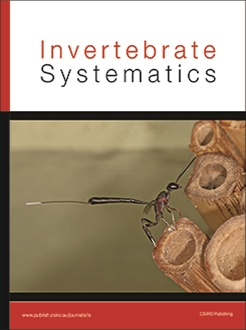Australia is a main centre of diversity for extant cycads (Cycadophyta), harbouring 4 genera and 85 named species and subspecies. Three cycad genera, Bowenia, Lepidozamia and Macrozamia, serve as hosts for four weevil genera of the Tranes group, Tranes Schoenherr, Miltotranes Zimmerman, Demyrsus Pascoe and Siraton Hustache. Several morphologically based taxonomic studies have been undertaken on some of these genera recently, but their classification, diversity and species delineations have not been evaluated using an integrative taxonomic approach. In the present study, we combine morphological characters and mitochondrial DNA data to assess the taxonomic status of taxa in this group. Different methods of molecular species delimitation, especially distance-based ones, generally provide strong support for taxon concepts derived from morphological characteristics, demonstrating that these are well able to delineate natural species and assess taxonomic diversity in this group of weevils. Exceptions are that molecular analyses indicate Siraton internatus (Pascoe) to be more closely related to Demyrsus than to S. roei (Boheman), rendering Siraton a paraphyletic taxon, and a genetically distinct but morphologically cryptic species of Miltotranes to occur south of Cairns. A key to all genera and species of the Tranes group is presented. The genus Tranes and its four previously named species are redescribed and six species are newly described, T. chadwicki sp. nov., T. forsteri sp. nov., T. kgariensis sp. nov., T. occidentalis sp. nov., T. terryae sp. nov. and T. tinctipennis sp. nov., and a lectotype is designated for the name Tranes insignipes Lea, 1929. The salient characters and distribution ranges of all Tranes species are illustrated, and their host specificities are assessed.
ZooBank: urn:lsid:zoobank.org:pub:45DE986E-A8B3-4247-B056-DF3126D4B31D






